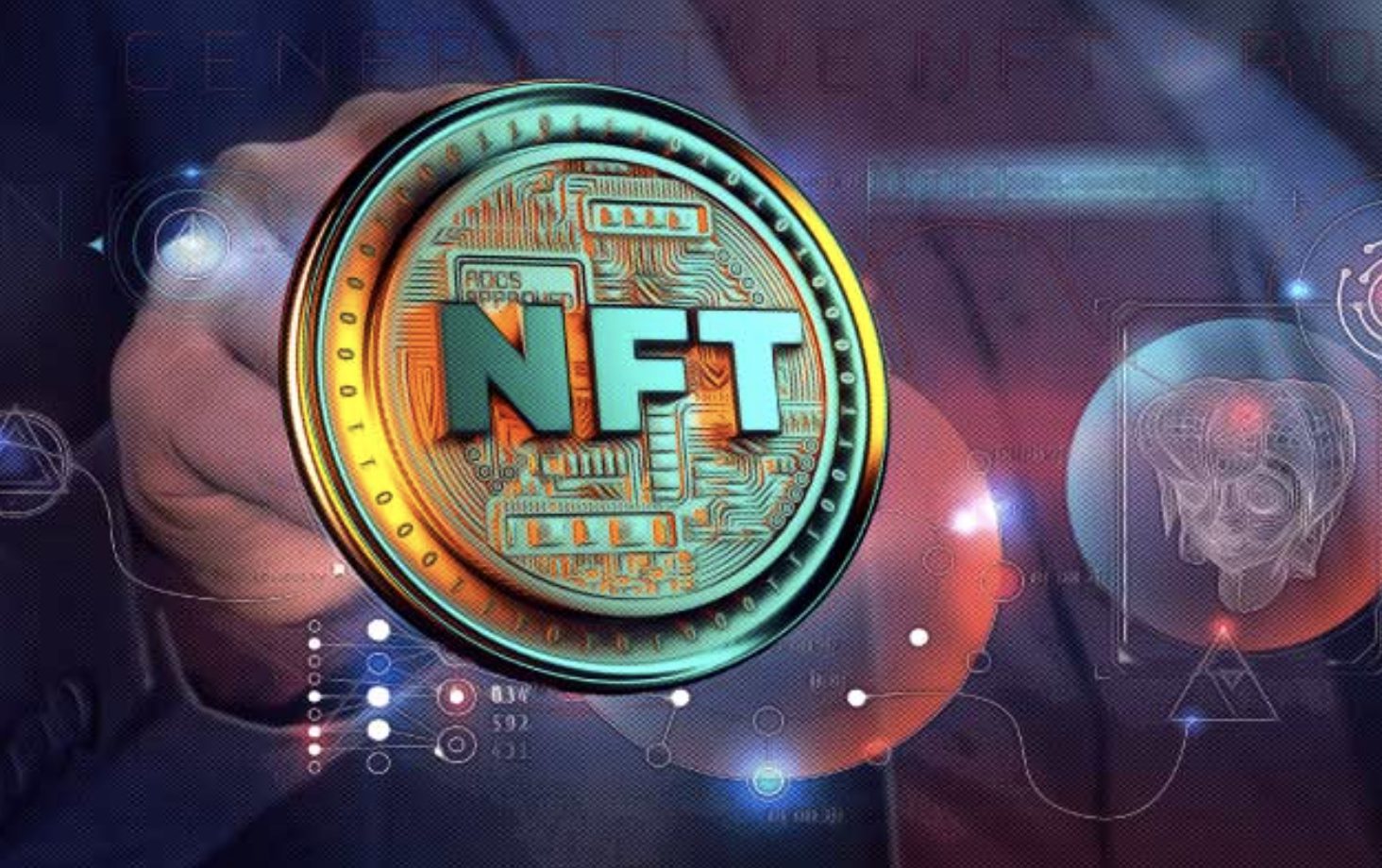The Psychology of Madonna NFT sale prices
Madonna recently had a baby, but not the usual kind. With Beeple (Mike Winkelmann) as their artistic partner, the two created a tree that originates from a mechanized woman who looks remarkably like Madonna (in her younger days). What the computer-generated Madonna has that the real Madonna could not produce are sprouts that emerge from her vagina until they form a bush and then a substantial tree. This Mother of Nature inspiration was created at the same time as Mother of Evolution and The Mother of Technology by the two collaborators.
The latter two “mothers” differ from the birth of a tree in that the Evolution prototype features articulated metallic creatures spewing from the Madonna’s vagina (which may be unappealing to some) and for the Evolution, butterflies. Butterflies were chosen for the latter as they go through a metamorphosis, which is a stand-in for evolution.
What’s interesting about these advanced tech videos is what they sold for in a May 2022 NFT auction, now closed. The Mother of Nature sale price was $346,405 while the other two raised significantly less. Mother of Technology’s sale price was $135,608 and The Mother of Evolution’s sale price was $146,816. All three raised less than a million dollars.
The question to be answered
The purchase price of these NFTs deserves some investigation from the point of view of the psychological appeal to the buyer of the three different renderings. Why did two of these works, which resemble each other, and the third, sell for a vastly different price? What was the psychological motivation that made one more appealing than the other to the buyer?
Psychological basis for a selling price
The price difference in the Madonna NFT auction with Nature selling for nearly three times what the other two renditions each sold for suggests that interest was higher in the Nature version than the other two, thus selling it for more. Perhaps this is because nature evokes positive emotions or due to the fact that for some the origin of the tree suggests pornography. Anyway, several research papers have found that “sex sells” and nature seems to be supportive in this direction.
On the other hand, the technology, which featured jointed insect-like creatures, may have been upsetting to some and thus reduced the bidding and the final price paid for this NFT. This is consistent with studies showing that exposure to harmful living creatures such as a cockroach evokes fear and disgust in most people.
The effect of arousal when making decisions
In my book, Inside the mind of a collector: Neuropsychological forces at play, I addressed the effect arousal has on decision making. A study by Ariely and Loewenstein (2006) indicated that sexual arousal would affect the judgment of sexually charged men. It made them more likely to choose options that they previously found less attractive (for example, women’s shoes). This suggests that the physical state of the buyer can affect their psychological state.
Since 2006, this study has been expanded to examine positive arousal through images instead of sexual stimulation. This stimulus scenario is more akin to the Madonna-like images in the videos. The images for the study were categorized as pleasant, highly arousing and low arousing. For more details, see the article (Galentino, et al 2017). The authors then asked subjects to enter a lottery that had a 50% chance of selection either way. Despite this, those in the high arousal group choose the riskier lottery more and took more time to consider. For the authors, this suggested that “a pleasant arousing cue as part of the decision context shifts an individual’s preferences toward the risky financial alternative and away from the safer one.” It can be assumed that nature was a pleasant arousal for some of the potential buyers and thus increased the price they were willing to pay.
The effect of disgust when making decisions
Disgust can also influence purchase decisions. It is interesting to note that Paul Ekman suggests that disgust is one of the six basic emotions (sadness, happiness, fear, anger, surprise and disgust).
If disgust for the product by the potential buyer is high, a purchase is less likely. On the other hand, if disgust is little or not present, a positive purchase decision is likely. What is not stated here is that people vary in their dispositions to disgust, which also affects decision making. This individual susceptibility includes 1) underlying anxiety or emotional distress; 2) early environmental factors in which parents reacted strongly to pathogenic issues, which were then imitated by the child carrying it into adulthood; or 3) the level of disgust is regulated by an extraneous parasitic environment to which the individual is exposed at the time of decision.
Certainly, the creepy crawlers depicted in the tech video could have disgusted some potential buyers, thus contributing to the lowest purchase price of the three mothers.
Summary
While I can assume that Beeple and Madonna were hoping for higher selling prices for the NFTs they created, winnings were given to charity, so the money made little difference to them. However, they learned from their experience for future ventures that sex sales (Madonna already knew this) and creepy crawlies should be avoided.


